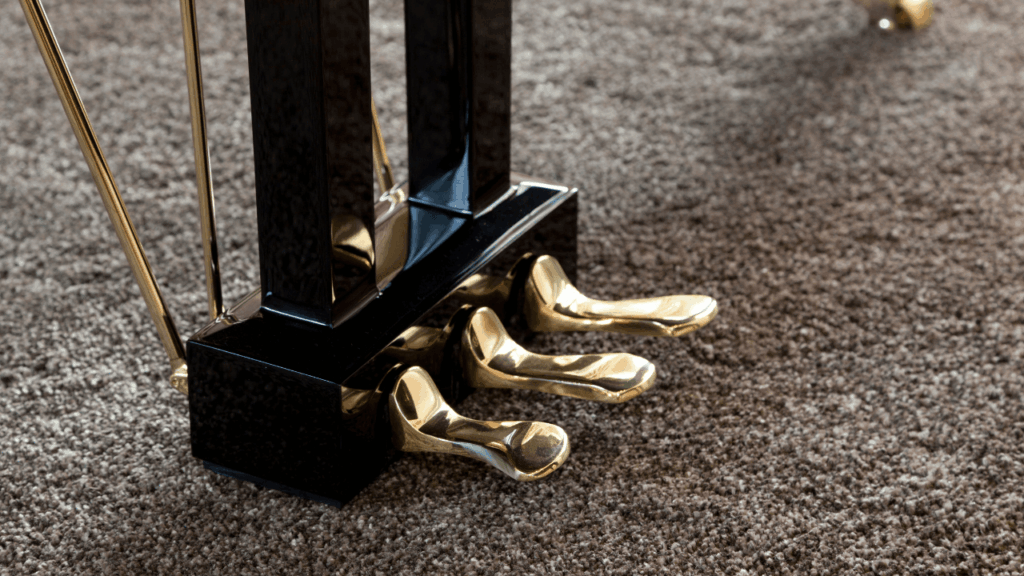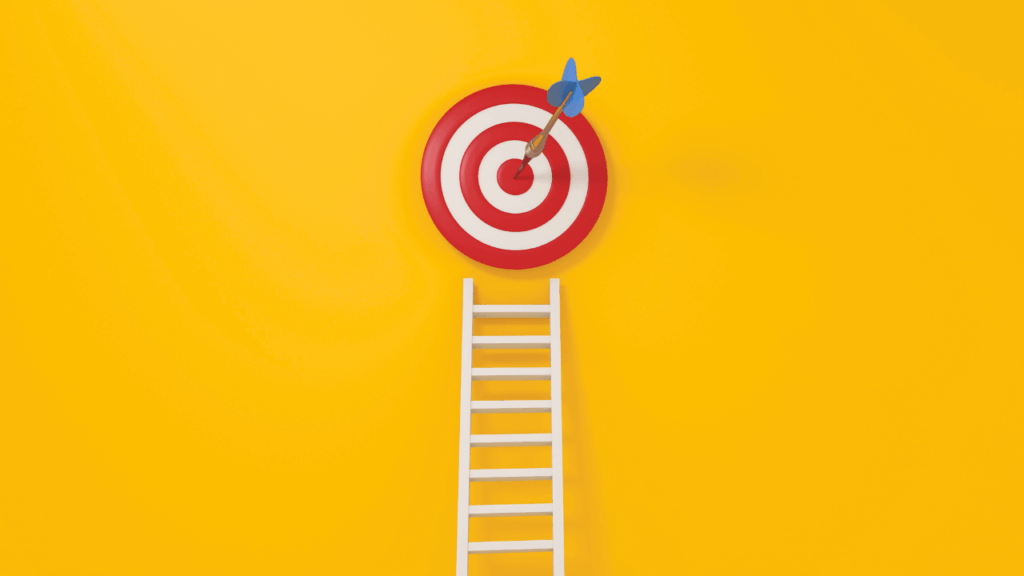With the spread of social videos and apps, more people say “You can learn piano on your own,” while others share experiences like “Self-study is risky” or “I gave up halfway.”
In reality, self-study hides risks such as physical issues and loss of motivation.
This article explains in detail five common pitfalls in self-teaching piano and how to avoid them so you can chart a path to improve correctly even on your own.
- Neck/shoulder stiffness and tendinitis caused by collapsed form
- Wrong practice methods can lead to roadblocks
- Rhythm and musical expression don’t develop
- Muddied sound from overreliance on the pedal
- Decreased motivation and quitting
- Steps to self-study safely
- Understand the risks of self-teaching and move toward “correct self-study”
Neck/shoulder stiffness and tendinitis caused by collapsed form

If you keep practicing without the correct bench height and wrist angle, you may develop neck/shoulder stiffness or tendinitis.
To prevent this, occasionally record yourself with your phone and self-check whether your elbows are roughly at right angles and your wrists are parallel to the keys.
Also, if you feel pain, cut your practice time in half for a while and prioritize stretching and checking your form.

Wrong practice methods can lead to roadblocks

If beginners try to play fast with both hands from the start, or repeat Hanon or Czerny while only increasing the tempo, they lose the headroom to control tone.
Continuing to practice fast notes without considering how they should sound will not only injure your hands but also fail to develop your ear.
To prevent this, incorporate stepwise practice—slow the tempo and memorize the finger numbers with one hand before putting both hands together—and use recordings for objective checks.
Rhythm and musical expression don’t develop

If self-learners read scores only by note lengths, musical expression gets lost.
As a result, you run into issues like “The notes are right but it feels hard to play,” “Each note doesn’t sound beautiful.”
To avoid this, always use a metronome to solidify your rhythmic foundation, while also searching for the most pleasant sound to your own ear.
Muddied sound from overreliance on the pedal

If you rely on the pedal without being able to make legato with your fingers, the harmony becomes muddy and your expressive range narrows.
Self-learners tend to develop a stronger habit of “creating atmosphere with the pedal,” which becomes hard to correct later.
Even if pedal marks appear in the score, remove the pedal at first and practice legato with your fingers alone. Then add the minimal pedal changes while checking the points by recording to keep a clear resonance.
Decreased motivation and quitting

The biggest risk of self-study is that you can’t solve roadblocks alone.
If you choose the wrong materials, set the difficulty too high, or have no one to consult, practice gaps appear and you hit the same wall when you restart.
Set short-term goals—for example, finish one piece in four weeks—and create a cycle where you move to the next level after achieving each goal. Posting your performance videos on social media also boosts motivation.
Steps to self-study safely

- Place a digital piano in your living space to create an environment where you touch the keys every day.
- Practice in the order of right/left hand → both hands → pedal, and only raise the tempo after you can play accurately.
- Balance fundamentals and application with a 20-minute routine of 5 minutes Hanon + 15 minutes on your favorite piece.
Understand the risks of self-teaching and move toward “correct self-study”

Self-teaching piano is flexible and appealing, but it also carries risks like collapsed form, wrong practice, and a narrow musical perspective.
If you recognize these risks and progress step by step while recording and analyzing your own playing, you can improve safely even through self-study.
If you want specific practice menus and sheet music, check out the “Piano Self-Study: Learn to Play on Your Own! A Practice Guide for Beginners & Adult Learners” for the fastest route and start your self-study journey today.

